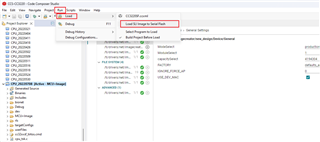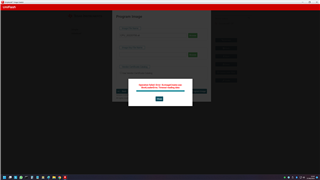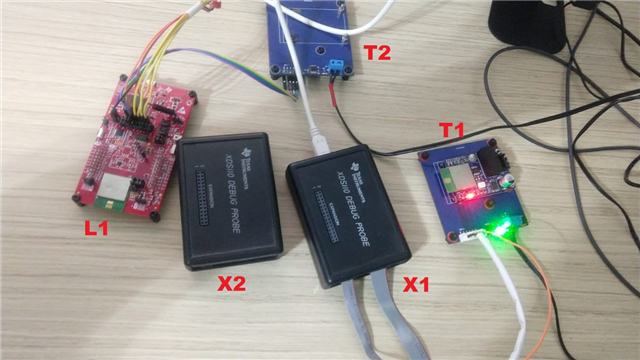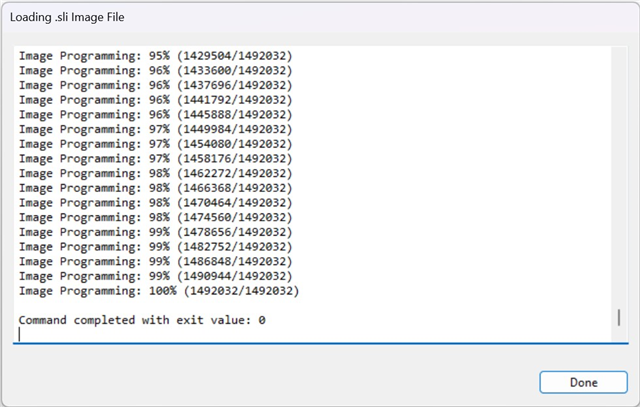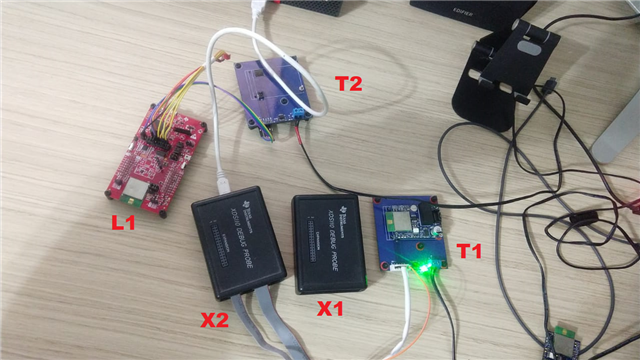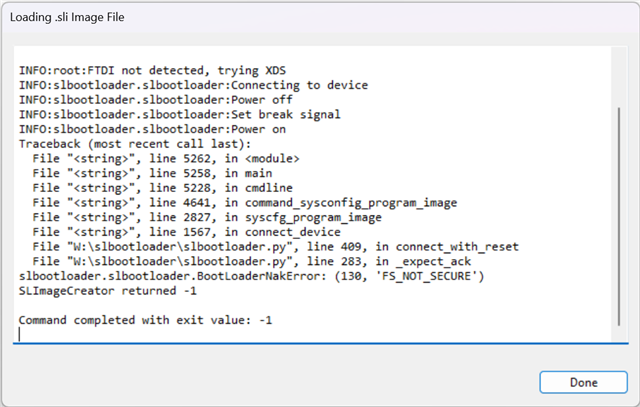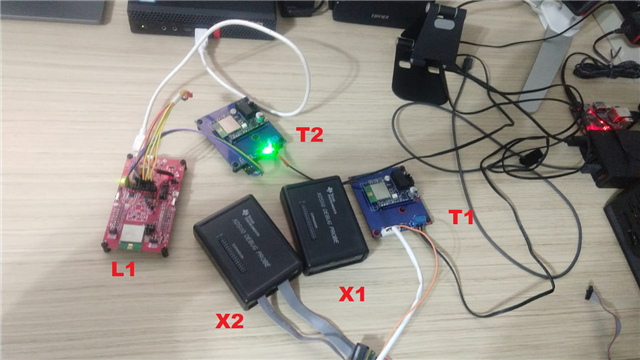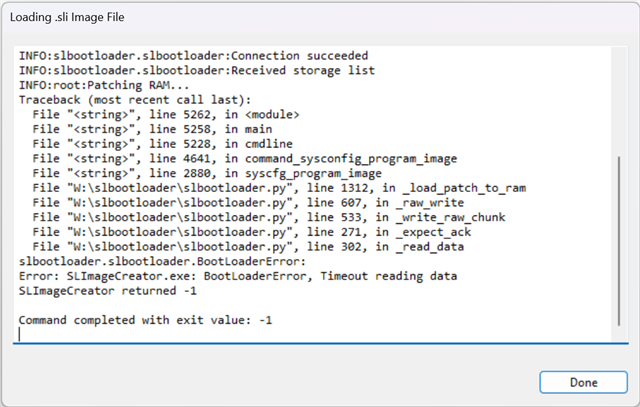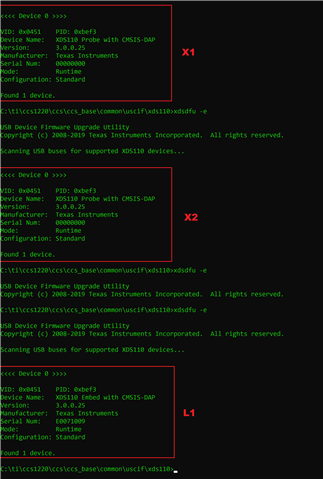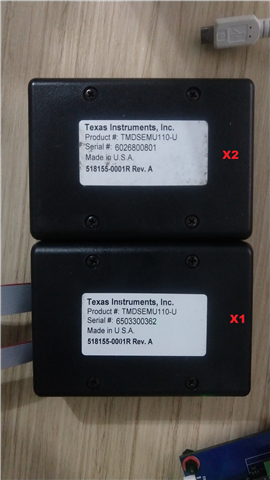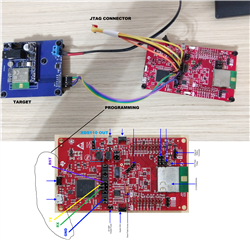Other Parts Discussed in Thread: SYSCONFIG, UNIFLASH
Hello support team.
I recently returned to work on the CC3220 project and found a problem when trying to load the SLI image.
Last time I did this I was using CCS version 10.xx.
I reinstalled the latest version of CCS, version 12.3.0.00005 on a new PC.
The project compiles correctly and generates the SLI file, however when I try to transfer the file using the "Load SLI Image to Serial Flash" option, the following message appears indicating an error.
Please could you tell me what is going on.
Thank you Carlos Takahashi.
---------------------------------------------------------------------------------------------------------------------------------------------------------------------------------------------------------------------------------------------------------------------------------------
Invoking command: C:\ti\simplelink_cc32xx_sdk_6_10_00_05\source\ti\drivers\net\imagecreator\bin\SLImageCreator.exe syscfg program --file D:\NCB\CCS-CC3220\CPU_20220708\MCU+Image\syscfg\CPU_20220708.sli --json D:\NCB\CCS-CC3220\CPU_20220708\MCU+Image\syscfg\ti_drivers_net_wifi_config.json
INFO:root:FTDI not detected, trying XDS
INFO:slbootloader.slbootloader:Connecting to device
INFO:slbootloader.slbootloader:Power off
INFO:slbootloader.slbootloader:Set break signal
INFO:slbootloader.slbootloader:Power on
INFO:slbootloader.slbootloader:Clear break signal
INFO:slbootloader.slbootloader:Connection succeeded
INFO:slbootloader.slbootloader:Received storage list
INFO:root:Patching RAM...
Traceback (most recent call last):
File "<string>", line 5262, in <module>
File "<string>", line 5258, in main
File "<string>", line 5228, in cmdline
File "<string>", line 4641, in command_sysconfig_program_image
File "<string>", line 2880, in syscfg_program_image
File "W:\slbootloader\slbootloader.py", line 1312, in _load_patch_to_ram
File "W:\slbootloader\slbootloader.py", line 607, in _raw_write
File "W:\slbootloader\slbootloader.py", line 533, in _write_raw_chunk
File "W:\slbootloader\slbootloader.py", line 271, in _expect_ack
File "W:\slbootloader\slbootloader.py", line 302, in _read_data
slbootloader.slbootloader.BootLoaderError:
Error: SLImageCreator.exe: BootLoaderError, Timeout reading data
SLImageCreator returned -1
Command completed with exit value: -1


